Section 3
Adaptive Evolution
Book
Version 32
By Boundless
By Boundless
Boundless Biology
Biology
by Boundless
5 concepts
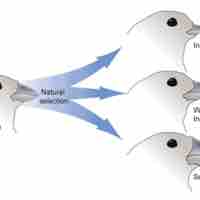
Natural Selection and Adaptive Evolution
Natural selection drives adaptive evolution by selecting for and increasing the occurrence of beneficial traits in a population.
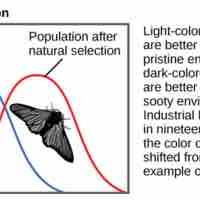
Stabilizing, Directional, and Diversifying Selection
Stabilizing, directional, and diversifying selection either decrease, shift, or increase the genetic variance of a population.
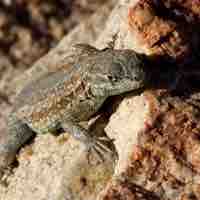
Frequency-Dependent Selection
In frequency-dependent selection, phenotypes that are either common or rare are favored through natural selection.
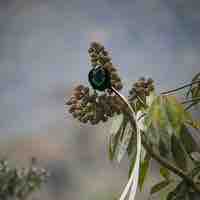
Sexual Selection
Sexual selection, the selection pressure on males and females to obtain matings, can result in traits designed to maximize sexual success.
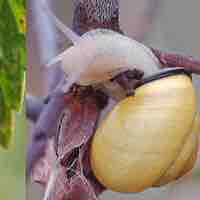
No Perfect Organism
Natural selection cannot create novel, perfect species because it only selects on existing variations in a population.